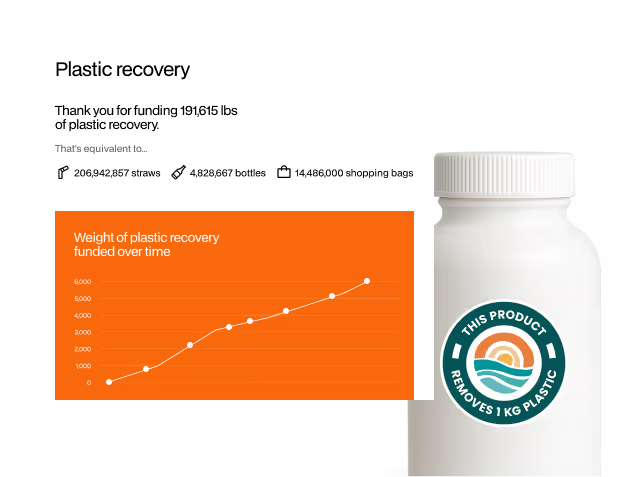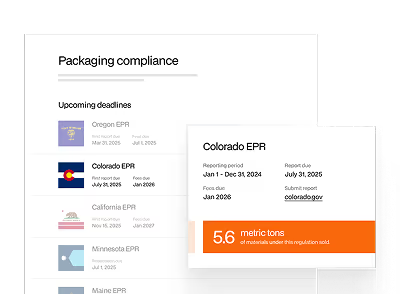Extended Producer Responsibility (EPR) for packaging is a policy approach that holds producers accountable for the entire lifecycle of their products, especially the end-of-life stage.
Implementing EPR involves several key steps:
- Product Design: Innovate packaging to be more recyclable and use fewer resources.
- Collection and Recycling: Develop or support systems for collecting and recycling packaging waste.
- Financial Responsibility: Cover the costs associated with the disposal and recycling of packaging materials.
By embracing EPR, companies can play a pivotal role in reducing environmental impact and promoting sustainable practices in the packaging industry.
Recycled Content Targets Decoded in Simple Terms
Recycled Content Targets are a crucial component of Extended Producer Responsibility (EPR) for packaging in the United States. These targets mandate that a certain percentage of a product's packaging must be made from recycled materials. This policy aims to reduce the environmental impact of packaging waste by encouraging the use of recycled content, thereby promoting a circular economy.
For Consumer Product Goods companies, understanding and meeting these targets is essential. Compliance involves several steps, including:
- Data Collection: Gather detailed information on the packaging materials used, including the percentage of recycled content.
- Reporting: Submit accurate reports to regulatory bodies, detailing the recycled content in your packaging.
- Adjustment: Modify packaging designs to increase the use of recycled materials, ensuring compliance with state-specific EPR laws.
By adhering to Recycled Content Targets, companies not only comply with regulations but also enhance their sustainability credentials, which can lead to increased consumer trust and brand loyalty.
Getting Started: EPR Compliance Resources for SMEs
The EPR compliance hub from rePurpose Global can automate in 1-click what would otherwise take you over 3 months of manual effort. It quickly compiles CAA reports, estimates fees and tax liabilities, and keeps you updated on emerging regulations, including Labeling laws, PCR mandates, and 90+ Packaging Regulations in North America.
With Oregon's reporting deadline on March 31st, immediate action is crucial to avoid financial penalties. Reach out to us for more information on getting started and ensure a stress-free, reliable compliance process.

.avif)

.avif)
.png)







